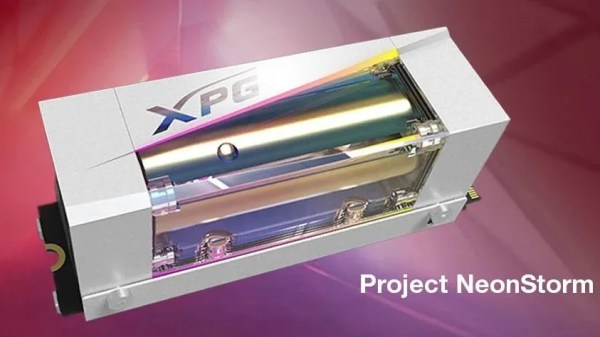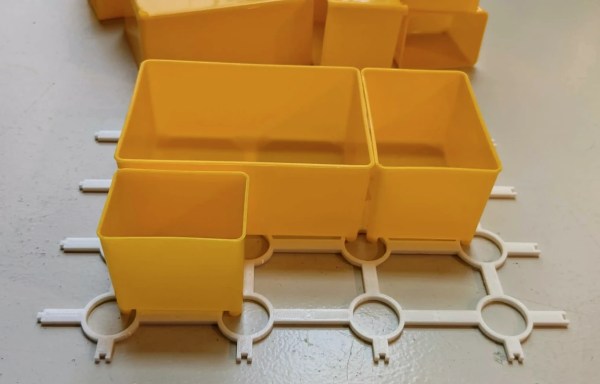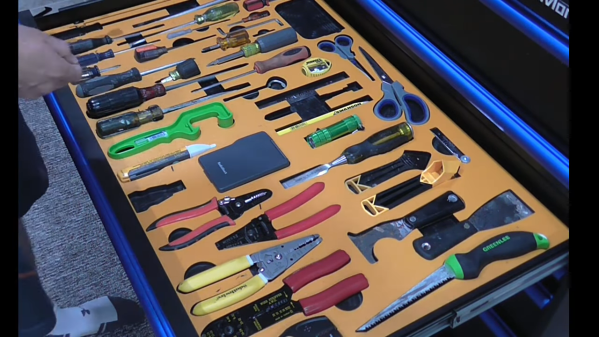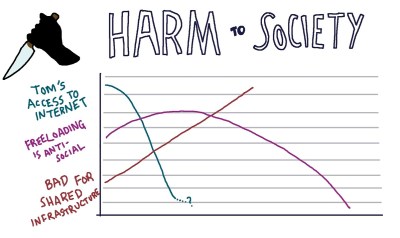Solid-state drives (SSDs) were a step change in performance when it came to computer storage. They offered incredibly fast seek times by virtue of dispensing with solid rust for silicon instead. Now, some companies have started pushing the limits to the extent that their drives supposedly need liquid cooling, as reported by The Register.
The device in question is the ADATA Project NeonStorm, which pairs a PCIe 5.0 SSD with RGB LEDs, a liquid cooling reservoir and radiator, and a cooling fan. The company is light on details, but it’s clearly excited about its storage products becoming the latest piece of high-end gamer jewelry.
Notably though, not everyone’s jumping on the bandwagon. Speaking to The Register, Jon Tanguy from Crucial indicated that while the company has noted modern SSDs running hotter, it doesn’t yet see a need for active cooling. In their case, heatsinks have proven enough. He notes that NAND flash used in SSDs actually operates best at 60 to 70 C. However, going beyond 80 C risks damage and most drives will shutdown or throttle access at this point.
Realistically, you probably don’t need to liquid cool your SSDs, even if you’ve got the latest and greatest models. However, if you want the most tricked out gaming machine on Twitch, there’s plenty of products out there that will happily separate you from your money.


















